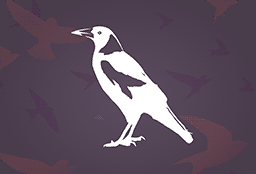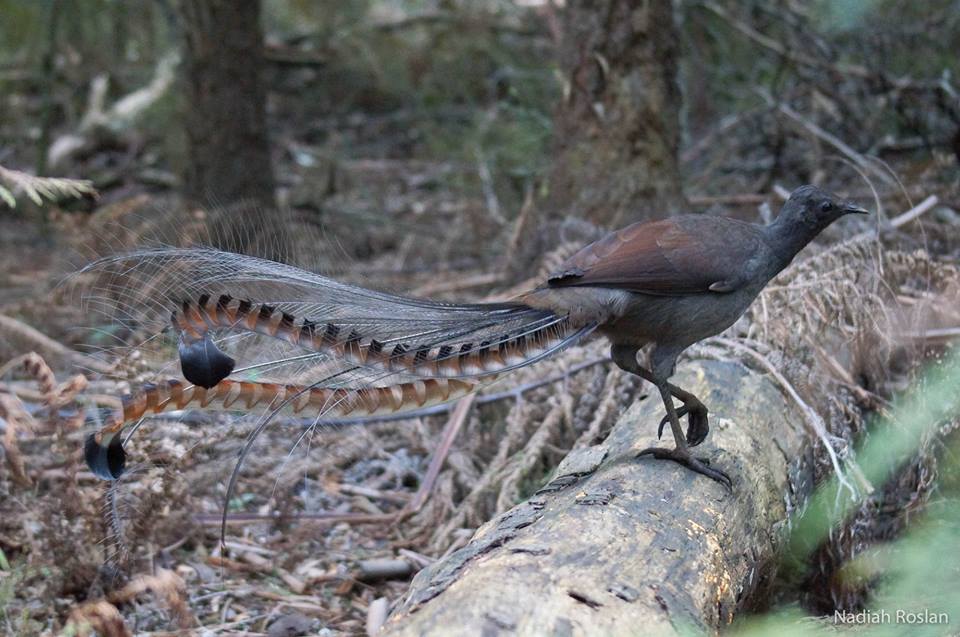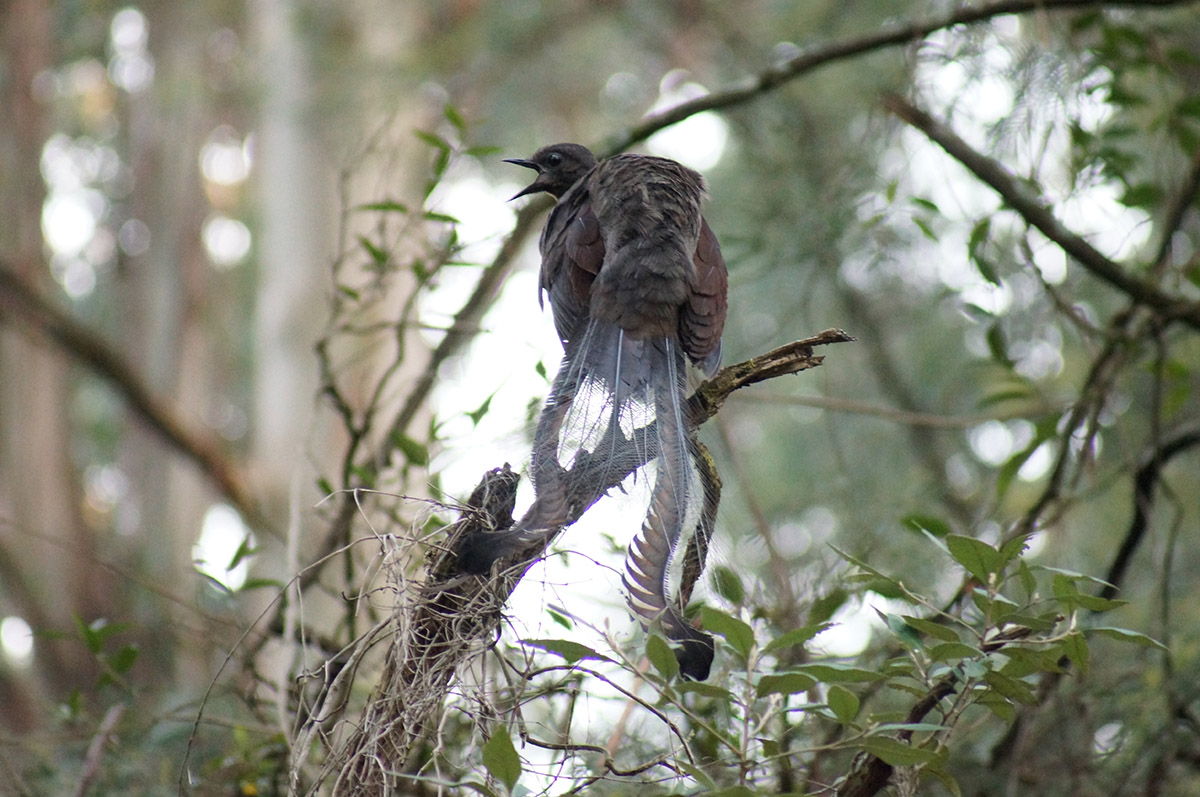Size
86 cm female, 100 cm male
Behaviour
Call
The Superb Lyrebird is renowned for its outstanding ability to mimic almost any sound, and it can imitate the calls of most birds of the forest.
Diet
They scratch through leaf litter with their feet to feed on insects, spiders, worms, and, occasionally, seeds. Females and young males may be seen feeding together.
Breeding
The male secures a territory, attracting potential mates by singing and dancing on one of several display mounds within it, while throwing the tail forward over the body and shaking it in display. Female builds the nest, incubates the single egg and cares for the young. The egg is stone-grey, deep khaki brown or purple-brown, spotted, streaked, blotched grey and black.
Field Guide
Improve your identification skills. Download your Superb Lyrebird field guide here!





